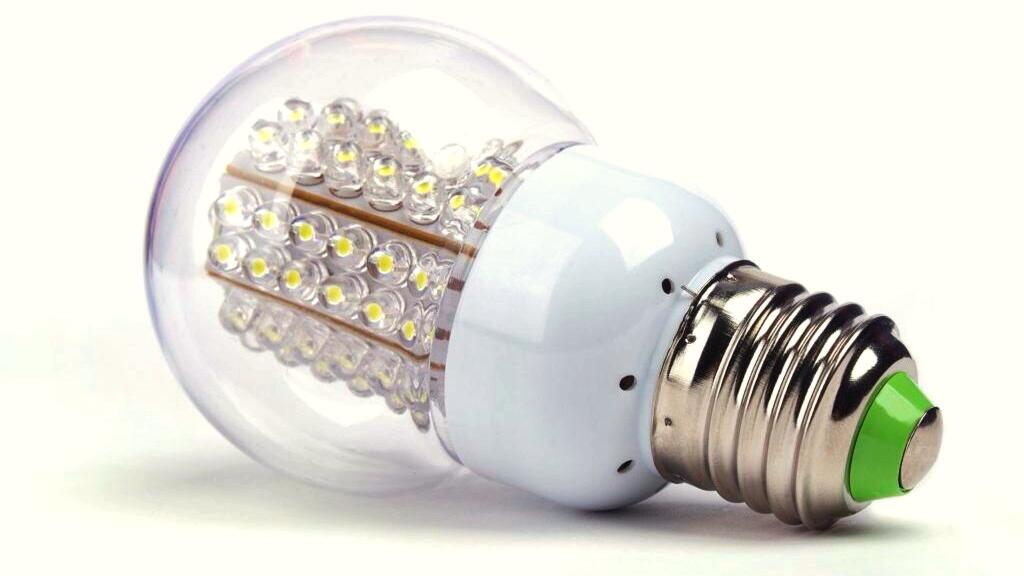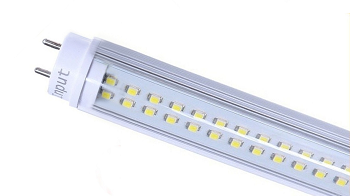 Buildings & Transport
Buildings & TransportBusiness Practices
2018 Energy Trends: Connected Lighting is the Future (Part 1)
Summary
2018 will be a year of education and customer nurturing for connected lighting. Wesley Whited is a Senior Consultant for Advanced Lighting and Controls at DNV GL. He predicts that Bluetooth will win the protocol war and become the standard for wireless communication of connected lighting systems. Whited believes that we can begin to capitalize on these trends by educating our customer base on total value. Before we can transform the marketplace, we need to educate and nurture it. Click here to read the full interview with Dr Steven Fawkes at EEIP. © © 2018 WVU. The first part of a 2-
2-part series where we will examine four trends in Smart Lighting. You can follow us on Twitter @EDLighted lighting and blog @dNV GL. You can find out more about the trends in the future of the marketplaces in the next phase of the connected lighting and follow us here. The next part of this article. Back to.
Open full article
2018 Energy Trends: Connected Lighting is the Future (Part 1)
First published here.
2018 may well be the coming out party for connected lighting. Connected lighting holds tons of promise – from allowing utilities to lower M&V costs to integrating Automated Demand Response (ADR) at the product level. However, a skeptical public is holding its pocket book tightly–largely unaware of these systems’ full value. Utilities, implementers, manufacturers and distributors all need to engage their customers in a way that presents the full spectrum of value. That means leaving the energy savings comfort zone and directly addressing Non-Energy Impacts (NEI).
With more influence than any specific trend I identify below, 2018 will be a year of education and customer nurturing. Utilities looking to capitalize on these emerging trends should help seed their marketplaces by offering technical and value based trainings that communicate the range of value specific to unique customer segments. This is the first part of a 2-Part series where we will examine four trends in Smart Lighting.
The Trends:
One Protocol to Rule Them All!
One major barrier holding back connected lighting is the lack of a common protocol. Mixing protocols requires the use of gateways and increases the chance of interoperability issues on a project. Besides these basic obstacles, technologies that lack a standard protocol are perceived as immature and unreliable.
When we examine the marketplace today, we find lighting systems using DALI, DMX, Zigbee, Lifi, PoE, etc. While every protocol has its pros and cons, a lack of a standard creates confusion in the marketplace.
In 2018, we will take a big first step in erasing this confusion through the recent adoption of Bluetooth mesh standards. Bluetooth has many structural advantages – none larger than the fact that everyone is carrying a Bluetooth gateway in their pocket in the form of a smartphone. Over time, Bluetooth will win the protocol war and become the standard for wireless communication of connected lighting systems. As the industry begins to standardize around the Bluetooth mesh protocol, customers will see the simplicity and reliability of the products and begin to demand connected lighting in greater numbers.
Lighting beyond illumination:
The Driver – Top-tier lighting OEMs are seeing their sales flatten or decline among traditional channel partners, like electrical distribution. The erosion of this market is most likely related to these traditional partners seeking out value lines that allow them to sure up their own margins.
The reaction/strategies – Two diverse trends occurring in the commercial lighting markets in early 2018 – one is a race to the bottom and another is a race to the top.
- Race to the bottom: reactions from the top-tier OEMs have been to produce new classes of LED products that have fewer features and are of lower quality. This is the one trend I see going into 2018 that gives me the most pause for the connected lighting market. With this approach, lighting is viewed as a commodity and competing on price is a sound strategy.
- Race to the top: OEMs are adding functionality to luminaires to differentiate themselves and command higher prices. Fixtures integrated with sensors, network access points and color tuning capabilities simplify implementing a connected lighting solution. In the long run, the fixtures that offer value beyond illumination may be preferable to building owners, because if they decide that they need a connected lighting platform, they already will have the physical infrastructure in place. While the Artirus platform by Acuity has a limited number of users today – Acuity has over 1 billion sq./ft. of networked lighting that is presently installed—this platform and similar ones on the market will become more prevalent. This is one of the reasons that I feel very optimistic about the future of connected lighting.
As an industry, we can begin to capitalize on these trends by educating our customer base on total value. Technological standardizations will lower barriers to entry by removing hurdles associated with interoperability and interference. Human-centric design will allow more people to experience the full value of smart lighting first hand. However, before we can transform the marketplace, we need to educate and nurture it.
If you have further interest in connected lighting, please contact me directly or read a previous piece I wrote on IoT technologies.
For more information on Smart Lighting Solutions, please visit our Knowledge Hub or reach out to me directly.
_____________
Related articles
- Interview to rod Janssen - "We can't oversell energy efficiency" By Communication Works
- 21st century energy management. By Dr Steven Fawkes
- TOP 3 EEIP articles 2nd quater 2018. By EEIP - Cristina Florensa
- Europe must choose a green future. By Rebecca Bertram
Stay tuned! Best ideas for energy efficiency and energy transition...
About the author
Wesley Whited is a Senior Consultant for Advanced Lighting & Controls at DNV GL. Mr. Whited has seven years’ experience in the commercial lighting market ranging from project management to sales. Mr. Whited is a graduate of West Virginia University (WVU) and holds a MBA from Capital University in Columbus, OH.



